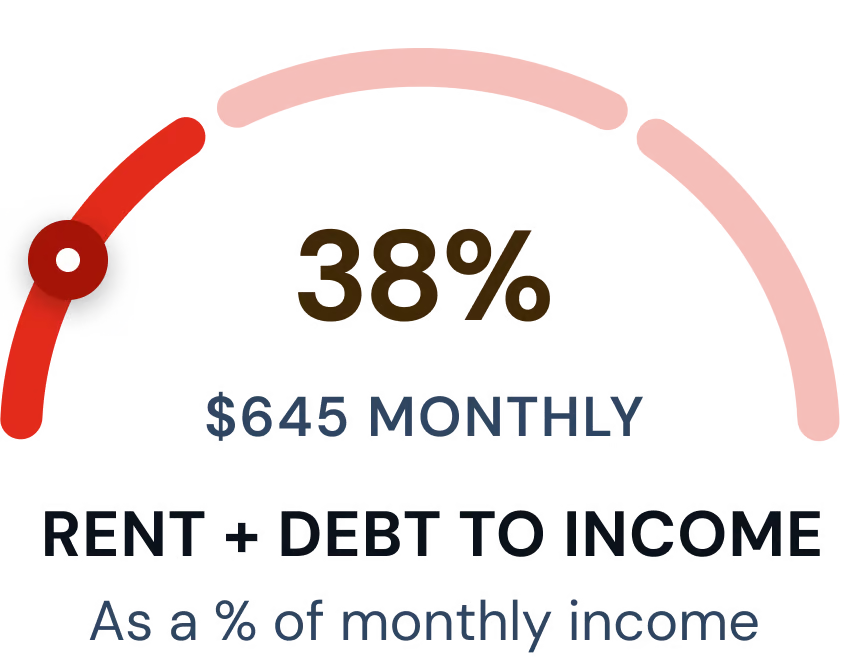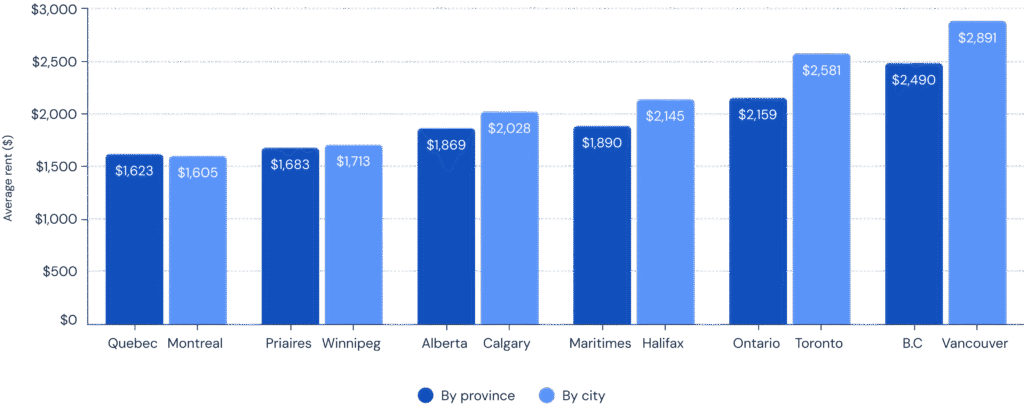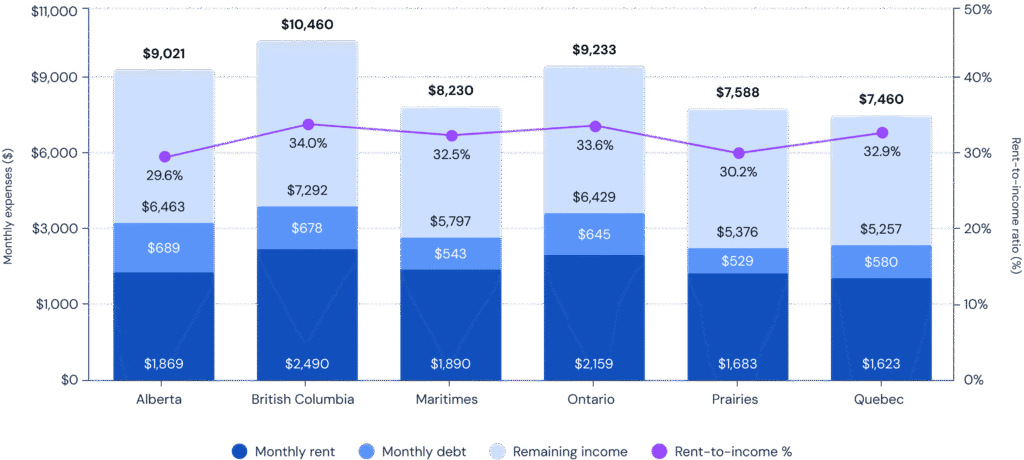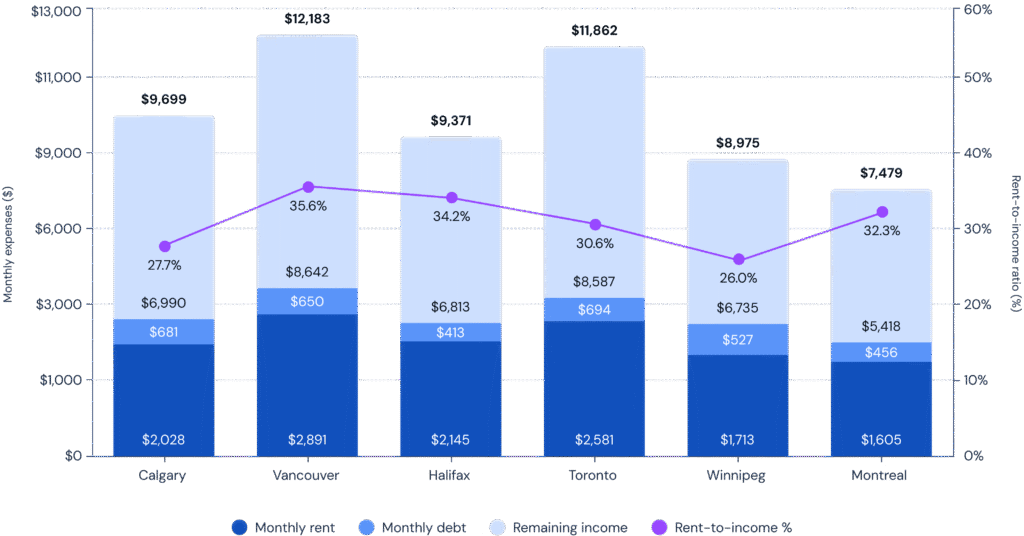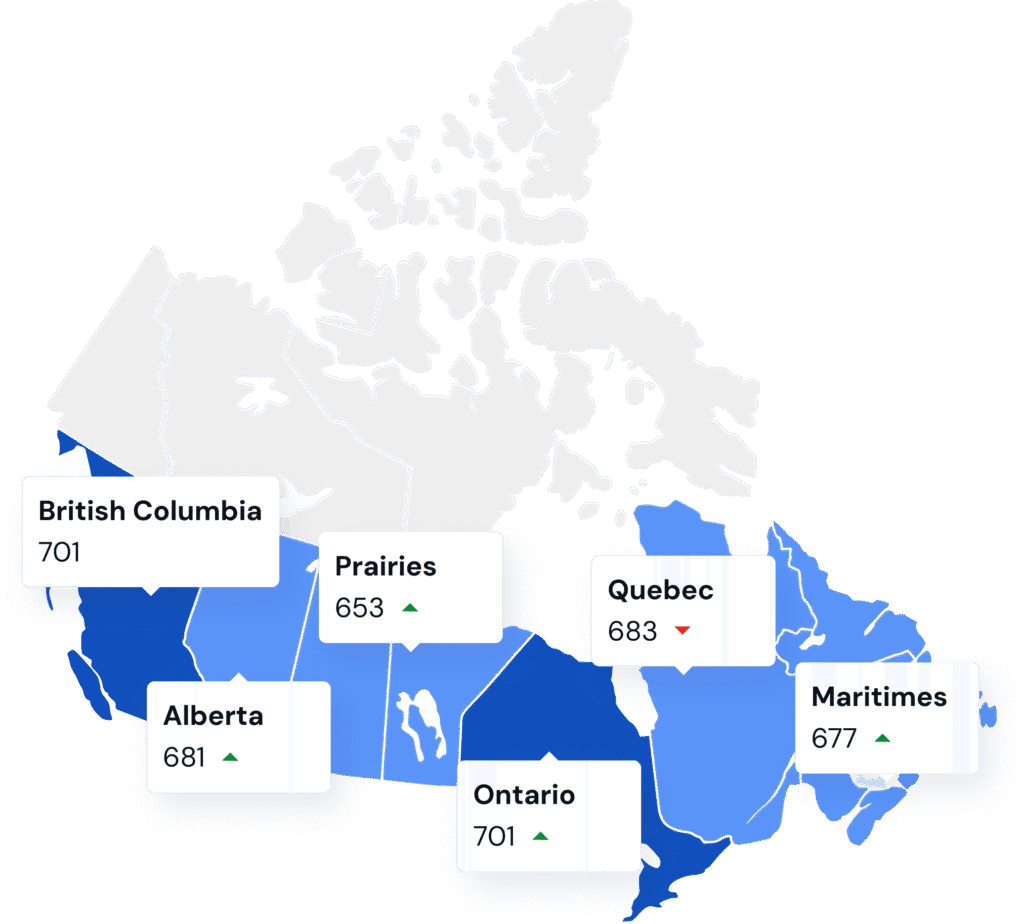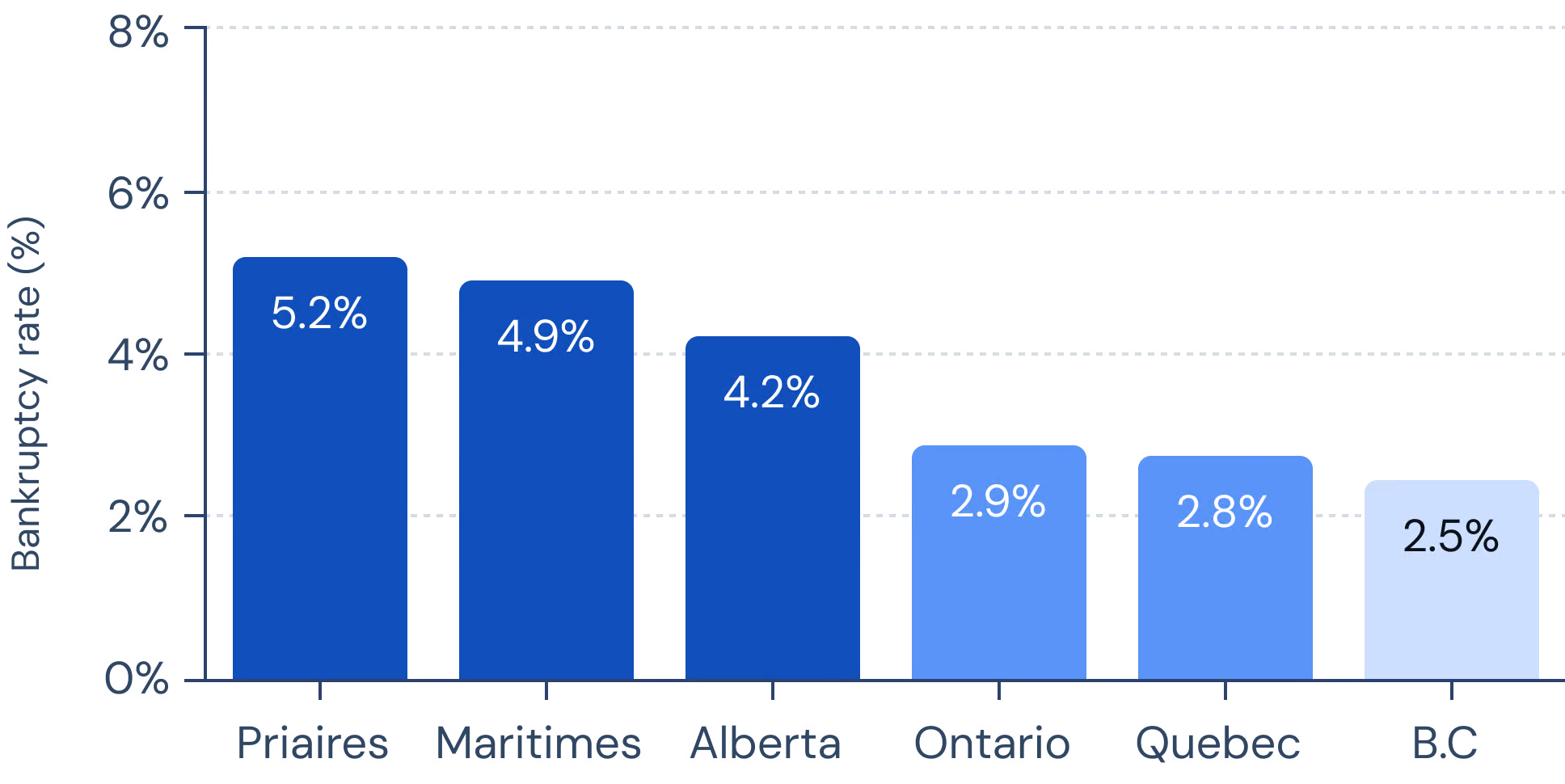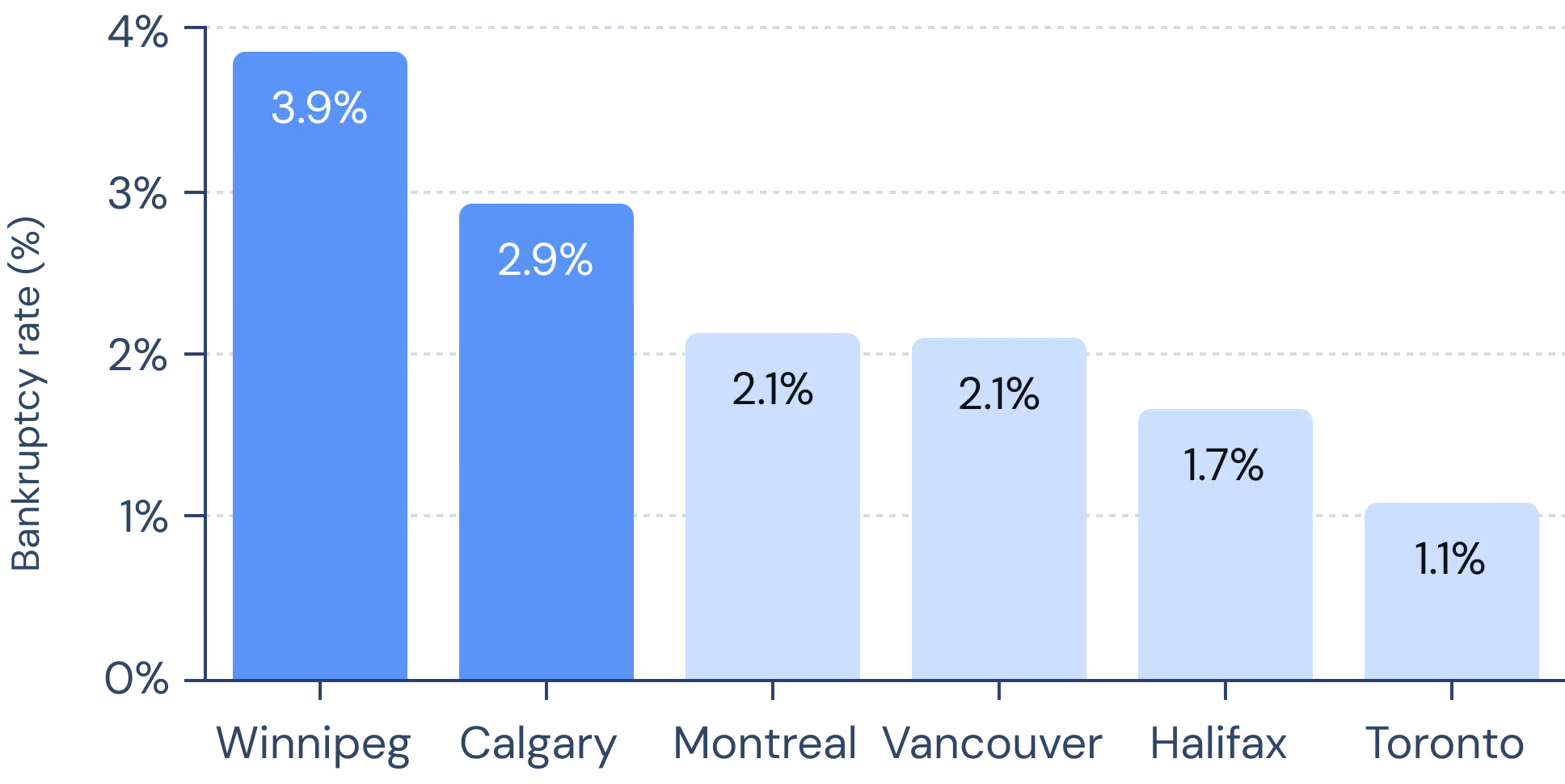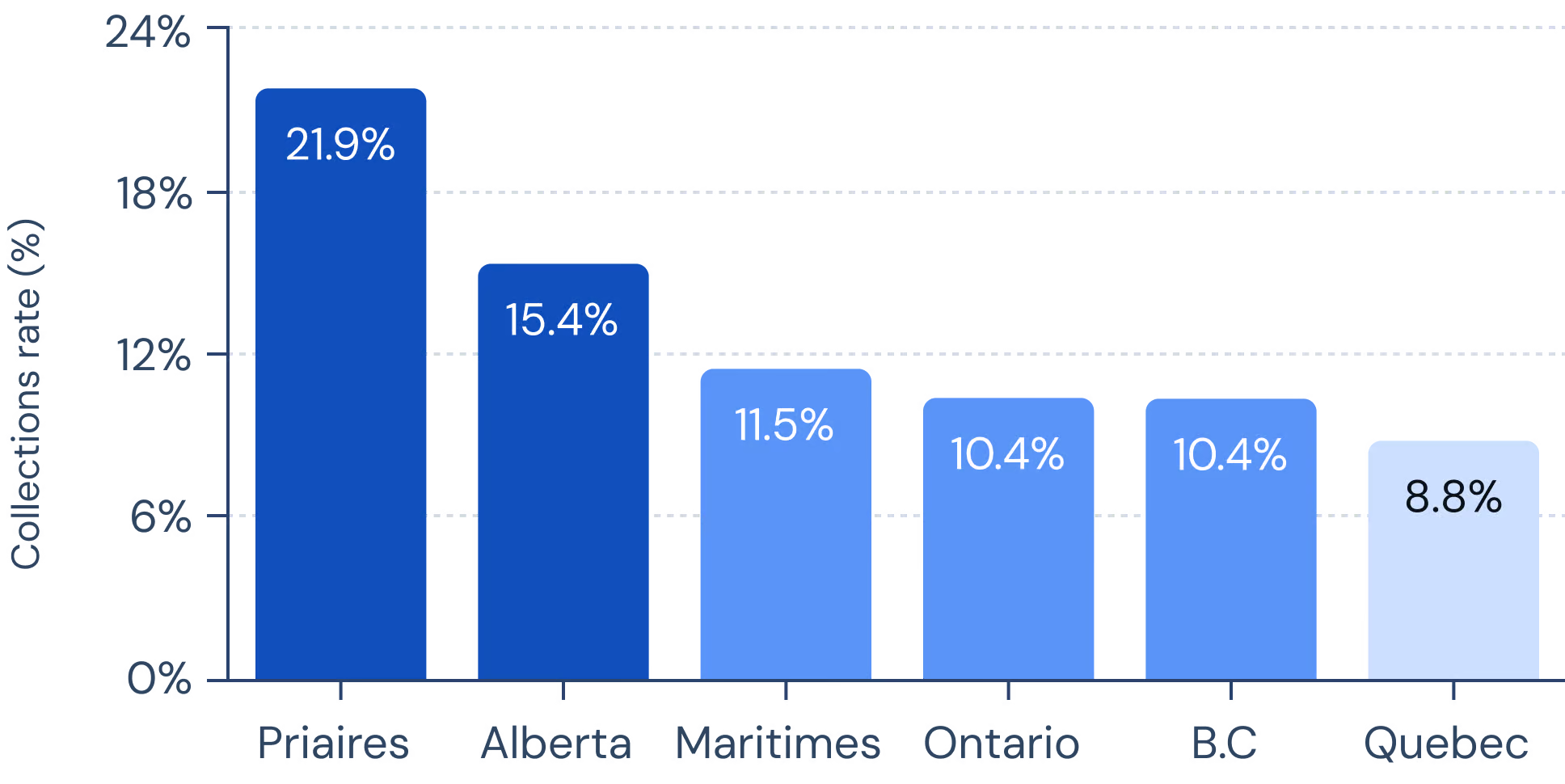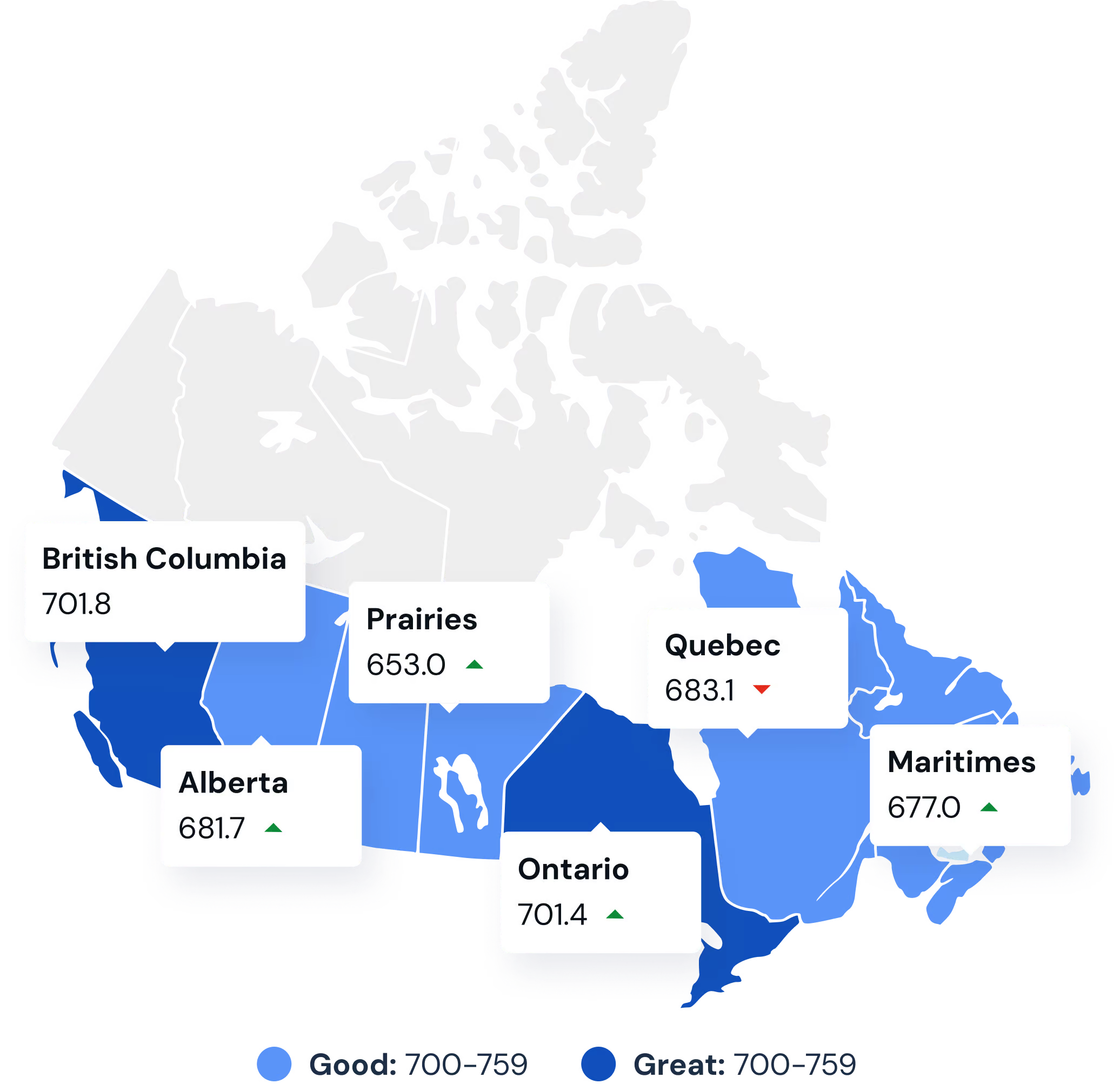Screening Products
Features
Get credit and financial data from both credit bureaus to see the full picture
Easy, mobile friendly, and comprehensive online rental application form
We will contact your tenant’s references and share a recording and summary of the call
Search eviction court records from Openroom, CanLII, and SOQUIJ
AI-powered scan of income documents to detect signs of tampering or fraud
Confirm a tenant’s identity with AI-powered ID verification and liveness check
More Resources
Free Lease Agreement Forms for each province in one place
Conversations on real estate trends and property management strategies
Local tools and resources to help you manage your rental property successfully
Learn how to solve renting challenges from our experts
Articles on how to navigate the in-app SingleKey experience
Get approved for any lease by showing landlords you’re a risk free tenant
Stand out from other applicants with the background check trusted by landlords
Affordable tenant insurance to protect renter's property and liability
Build your credit with every rent payment
Blog
More Resources
Free Lease Agreement Forms for each province in one place
Conversations on real estate trends and property management strategies
Local tools and resources to help you manage your rental property successfully
Learn how to solve renting challenges from our experts
Articles on how to navigate the in-app SingleKey experience
Get approved for any lease by showing landlords you’re a risk free tenant
Stand out from other applicants with the background check trusted by landlords
Affordable tenant insurance to protect renter's property and liability
Build your credit with every rent payment





